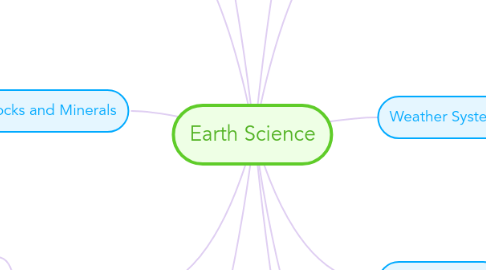Earth Science
par Aina Lamano


1. Landslide and Slope Failure
1.1. Mass Wasting
1.2. Factors of Slope Failures
1.3. Process of Slope Failure
2. Weathering and Soils
2.1. Weathering
2.1.1. Physical Weathering
2.1.2. Chemical Weathering
2.1.3. Biological Weathering and Decay
2.1.4. Weathering Rates
2.2. Soils
2.2.1. Soil Erosion and Conservation
3. Earthquakes
3.1. Faults
3.2. Seismic Waves and Earthquake Detection
3.3. Measurement of Earthquakes
3.4. Hazards
4. Rocks and Minerals
4.1. Elements and Atoms
4.2. Minerals
4.3. Types of Rocks
4.3.1. Igneous
4.3.2. Sedimentary
4.3.3. Metamorphic
4.4. Rock Cycle and Mineral Resources
5. The Atmosphere
5.1. Structure and Processes of the Atmosphere
5.2. Solar Radiation
5.3. Role of Water
5.4. Air Pressure, Condensation, and the Precipitation
5.5. Clouds and Frontal Systems
5.6. Winds
6. Weather Systems
6.1. Air Masses
6.2. Midlatitude Cyclones and Frontal Systems
6.3. Severe Weather
6.3.1. Thunderstorms
6.3.2. Tornadoes
6.3.3. Hurricanes
